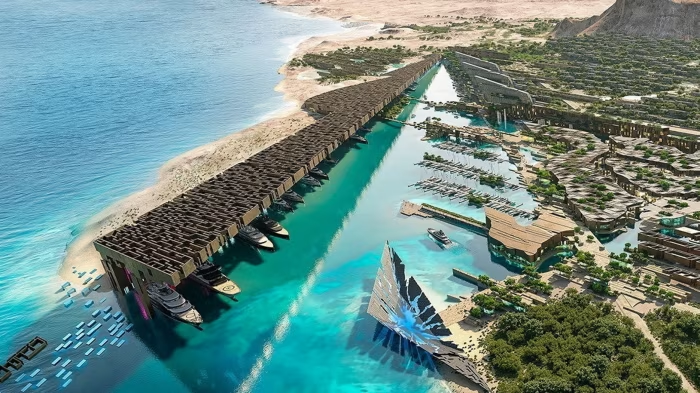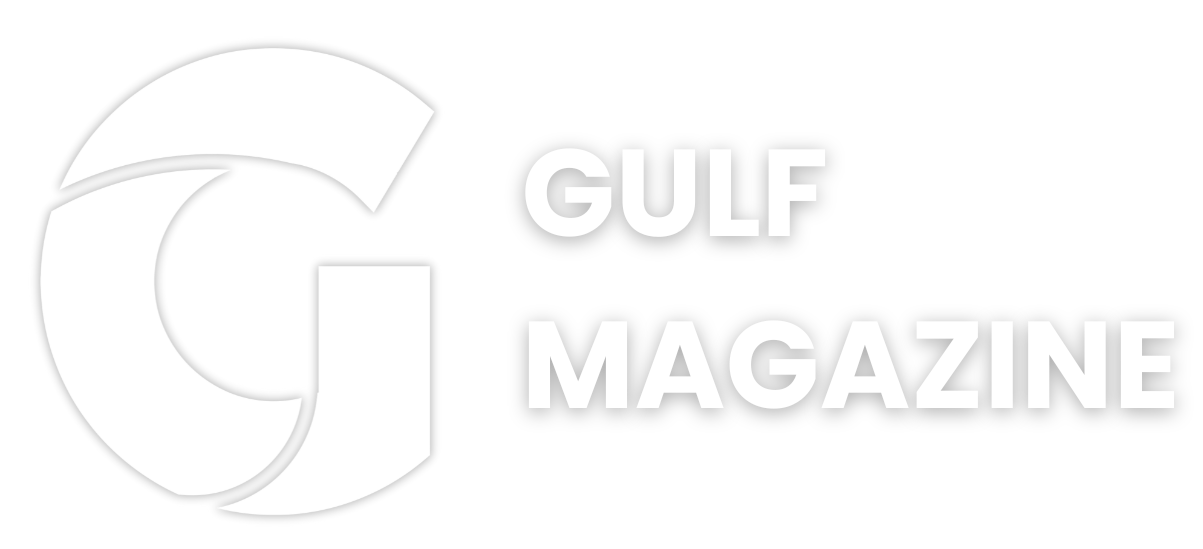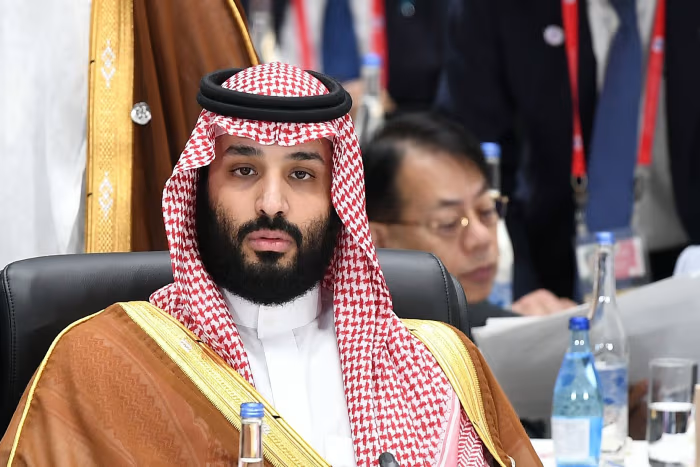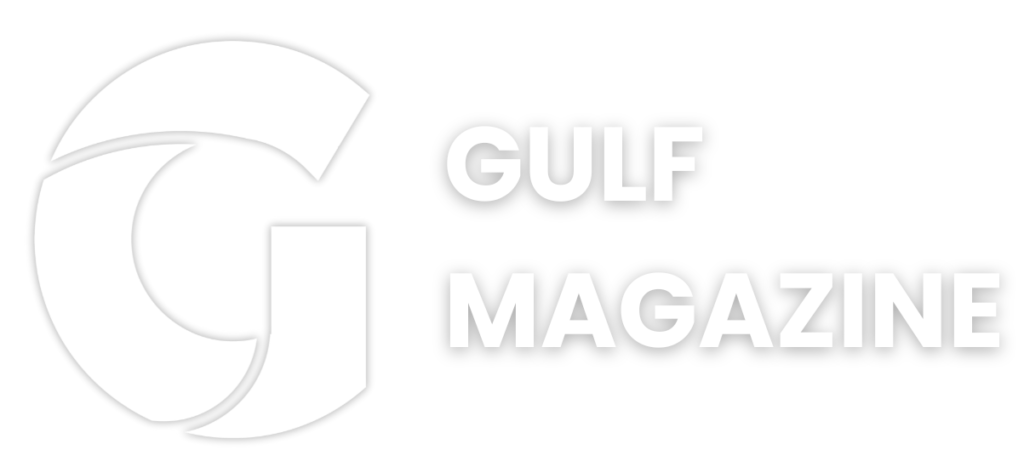Saudi Arabia’s grand plans for economic transformation are facing rising uncertainty as global oil prices continue to slump. The sharp fall in oil revenue is putting intense pressure on the Kingdom’s ability to fund its massive infrastructure and urban development programs under Vision 2030 — a strategic roadmap aimed at reducing Saudi Arabia’s dependence on oil and modernizing its economy.
At the heart of Vision 2030 are mega-projects like Neom — a futuristic $500 billion city on the Red Sea — and others like The Line, Red Sea Global, Qiddiya, and Diriyah Gate. These initiatives are designed to turn the Kingdom into a global destination for tourism, innovation, and investment. But with Brent crude hovering around $63 per barrel as of early April 2025 — nearly 30% down from last year — the strain on Saudi Arabia’s budget and funding priorities is becoming increasingly evident.
The Oil Price Challenge
The decline in oil prices comes from a mix of market dynamics: overproduction by OPEC+ members, weaker global demand, and concerns about the pace of economic growth in China and Europe. While Saudi Arabia has been calling for more disciplined output among its OPEC+ partners, it paradoxically announced plans to increase production by 411,000 barrels per day in May — a move aimed at penalizing nations that had previously exceeded their production quotas.

This increase has only added to global oversupply and further suppressed prices. For a country where nearly 70% of state revenue is still tied to oil, this creates immediate fiscal headaches.
Fiscal Impacts and Budget Pressures
The International Monetary Fund (IMF) previously estimated that Saudi Arabia needs oil prices at or above $96 per barrel to balance its budget in 2024. With oil now trading significantly below that threshold, the Kingdom faces a potential budget shortfall of approximately $26 billion this year.
This growing fiscal gap forces difficult decisions. The government has announced plans to reduce overall spending by 3.7% in 2025. However, many analysts believe more aggressive cuts may be necessary if oil prices remain depressed. This situation directly impacts funding for Vision 2030 and could force a reordering of priorities among the country’s giga-projects.
Mega-Projects Facing Headwinds
Saudi Arabia’s flagship development, Neom, envisioned as a city powered entirely by renewable energy and infused with smart technologies, now faces potential scale-backs. Originally planned to house 1.5 million residents, reports indicate that Neom’s signature feature, The Line, may be significantly downsized. The project was supposed to be a 170-kilometer-long linear city, but insiders suggest that only 2.4 kilometers of it may be completed in the near term, accommodating just 300,000 people.
Similarly, the Red Sea Global project — a luxury resort development across more than 90 pristine islands — may face delays or phased construction due to tighter budget controls. Other ventures like Qiddiya (an entertainment city outside Riyadh) and Diriyah Gate (a heritage-focused urban district) are also under the microscope as the government reevaluates project timelines and return on investment.
These projects are not just symbols of modern ambition; they are critical to diversifying Saudi Arabia’s economy and creating jobs for its young and growing population. Scaling them back or slowing them down could have ripple effects across the private sector, foreign investment, and public sentiment.
The Government’s Response: Balancing Growth and Realism
To manage these pressures, Saudi Arabia is implementing a mix of strategies:
- Increased Borrowing: The government is tapping international debt markets to fund deficits. The Kingdom’s debt-to-GDP ratio, while still relatively low at around 30%, is expected to rise. Borrowing offers a short-term solution, but sustained reliance could affect investor confidence and future credit ratings.
- PIF’s Role Under Scrutiny: The Public Investment Fund (PIF), Saudi Arabia’s $700 billion sovereign wealth fund, has been the main financial engine behind Vision 2030. However, its spending is also being closely watched. With funding demands from multiple directions, the PIF may be forced to prioritize fewer projects or seek more private capital participation.
- Encouraging Foreign Direct Investment: The Kingdom continues to court foreign investors to share the burden of financing mega-projects. However, investor confidence is being tested by concerns over project viability, timelines, and the overall economic outlook.
- Boosting Non-Oil Sectors: The government is working to grow industries like tourism, entertainment, mining, and manufacturing. Encouragingly, the non-oil private sector has shown signs of resilience. Saudi Arabia’s Purchasing Managers’ Index (PMI) hit 58.1 in March, indicating strong business activity.
Despite these positive signals, the economy remains tethered to oil, and diversification is still a work in progress. The slowdown in oil revenue threatens to stall this transformation unless alternative sectors grow quickly enough to compensate.
Investor Sentiment and Market Reactions
The oil price downturn is already affecting financial markets in the Kingdom. The Tadawul stock exchange, Saudi Arabia’s main equity market, has seen volatility in recent weeks. Shares of state-run oil giant Aramco have dropped, wiping out tens of billions in market value. The company’s dividend obligations — a key source of government revenue — may become harder to sustain if profits shrink further.
Meanwhile, the real estate sector, closely tied to giga-project construction, is also under strain. Many developers and contractors are facing payment delays and uncertain project timelines, leading to layoffs and stalling momentum in the construction industry.
The Bigger Picture: Vision 2030 at a Crossroads
Vision 2030 was launched in 2016 by Crown Prince Mohammed bin Salman as a bold reimagining of the Saudi economy. While significant progress has been made in some areas — such as increasing women’s participation in the workforce, growing the entertainment sector, and hosting major global events — the financial foundations of the vision remain closely linked to oil.
If oil prices remain low for an extended period, the Kingdom may be forced to slow down or rethink its most ambitious projects. Alternatively, it may double down on reforms and cost-cutting to preserve long-term goals. Either way, the next few years will be critical in determining whether Saudi Arabia can truly shift away from its oil-dependent model.
Conclusion: A Test of Resolve
The current oil market slump presents one of the toughest tests yet for Saudi Arabia’s economic transformation. With mega-projects under financial pressure and the broader economy facing tighter conditions, the government will need to make careful, strategic choices.
Saudi Arabia’s ability to weather this storm will depend not only on oil prices but also on how quickly it can build a more diversified and resilient economy. The world is watching — not just to see if Neom becomes a reality, but whether the Kingdom’s broader vision can withstand the pressures of a volatile global energy market.
Taylor Ward Feels Safer in Saudi Arabia Than in England: “I Can Sleep at Night Now”



